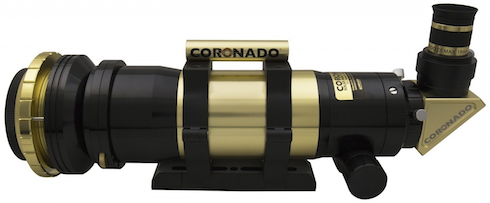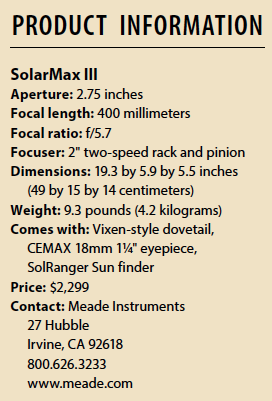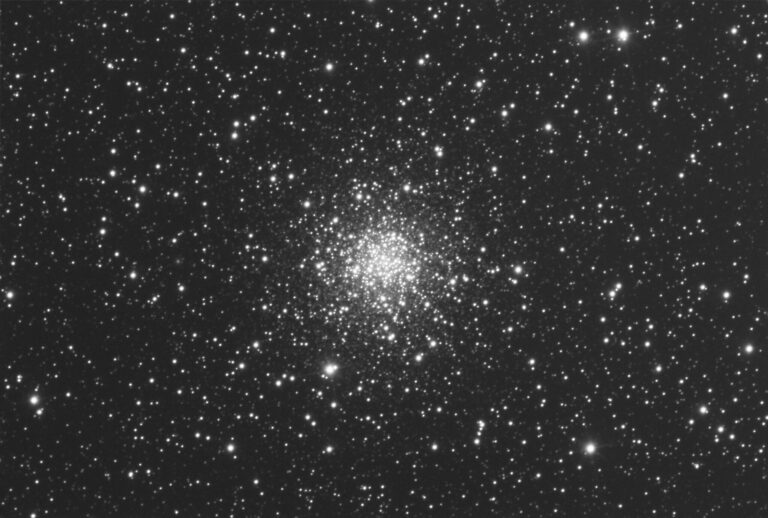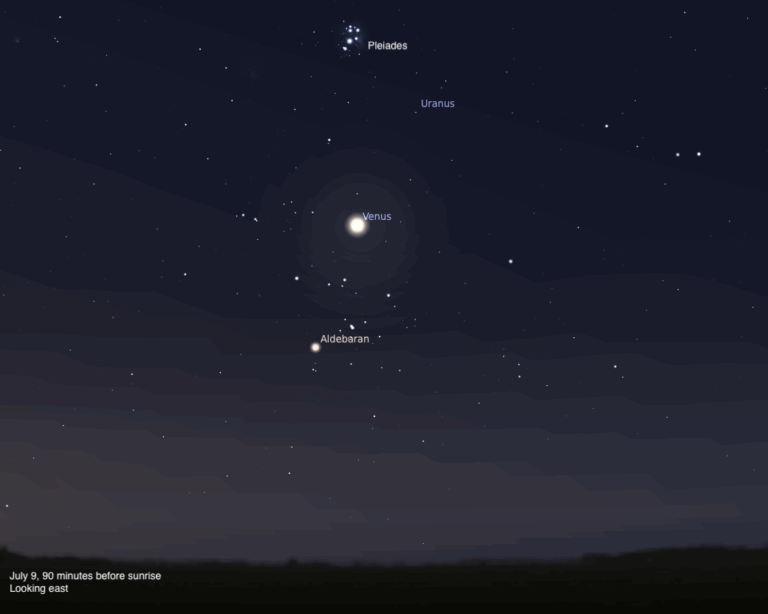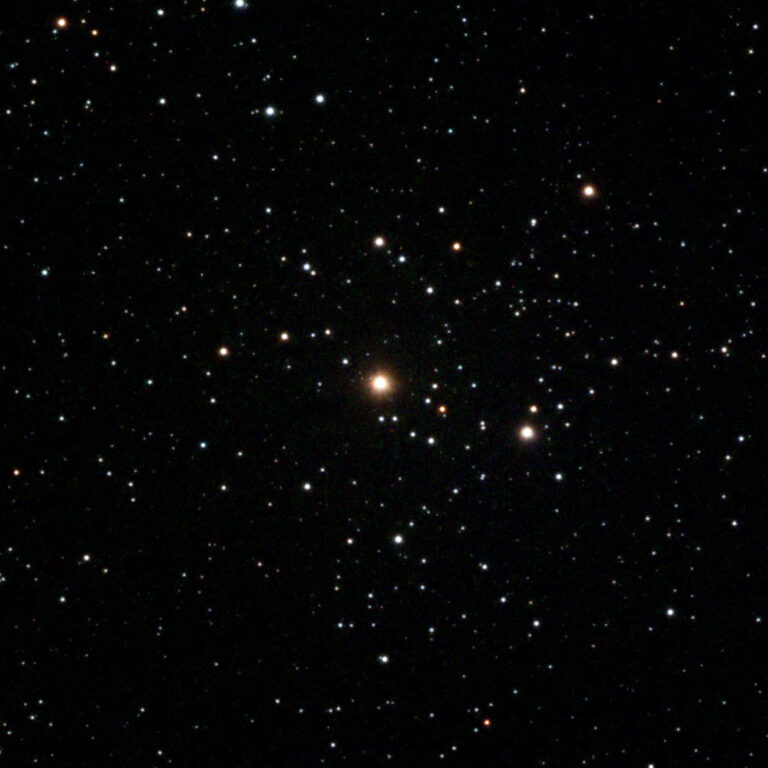Key Takeaways:
So I visited Coronado Telescopes in Tucson, Arizona. At the time, it made the best small solar telescopes available. When I entered the workshops, I was immediately struck by the people and products I encountered. The attention to detail, craftsmanship, and precision were obviously paramount.
The solar scopes I purchased for the Science Center performed flawlessly. Needless to say, that meant I was excited to receive the new 70mm SolarMax III telescope to inspect, use, and review.
Out of the box
Those of us who own quality equipment know the importance of good storage. The SolarMax III case is made of aluminum with metal reinforcing bands across all the edges, and additional reinforcement on each corner. The aluminum panels on the case are anodized black, while all the reinforcing bands are finished in brass. This carrying case looks like a piece of luxury luggage; it was certainly built to protect the telescope inside.
Opening the case reveals the SolarMax telescope nestled in the fitted interior foam. The finish on the scope is a combination of brass and black anodization. It looks great and reminds me of a fine 19th-century instrument.
SolarMax III is, in fact, a 2.75-inch (70 millimeters) f/5.7 refracting telescope with a 400mm focal length. The actual solar filters are mounted on front of the tube assembly, making this an incredibly versatile telescope — but more about that later. As with all solar scopes, SolarMax III lets you directly and safely observe the Sun’s chromosphere in real time. Unlike common full-aperture, white-light solar filters, which allow you to safely view a combination of all of the Sun’s visible light, the SolarMax III provides views of our daytime star specifically in the Hydrogen-alpha (Hα) wavelength.
Meade produces the SolarMax with either a single and double stack of filters; this refers to the number of etalon filters supplied on the instrument. (Etalon is a French word for “standard.”) These filters were developed over a hundred years ago and remain the standard for this type of equipment. The review telescope has a double-stack configuration, which gives finer control of tuning and, thus, reveals more detail.
The Sun produces energy all across the electromagnetic spectrum. It’s like the Sun’s total energy output being all the keys on a piano played at once. Hα, then, is just a single key. Wavelengths are measured in angstroms or nanometers. That of Hα is at 6562.8 A or 656.28 nm. Etalon filters are designed to eliminate all but this single line of energy.
The tripod didn’t come with the scope, but that wasn’t a problem. The unit comes with a standard dovetail mounting rail, which works on most telescope mounts. Once I attached the telescope to the equatorial mount on my tripod, I set the SolarMax III out under the desert Sun.
I’ve often been asked why I need a finder scope to locate the Sun. It’s not as easy (or safe) as most people think — it’s not like you can look through the scope or even sight down its tube. But on this scope, Meade’s 3½-inch-long brass SolRanger Sun finder is firmly attached to the upper mounting ring. This little gadget allows sunlight to fall on a small piece of ground glass at its back end. There’s no need to look through the SolRanger. Just adjust the telescope until you center a small bright dot of sunlight on the glass.
Using a solar telescope isn’t as straightforward as a regular scope. The various filters need “tuning” to get the best image. The SolarMax III comes with a CEMAX 18mm 1¼” eyepiece. Any standard 1¼” eyepiece will work, but the Coronado CEMAX eyepieces are specially designed and coated for Hα wavelength.
Four filters in this telescope make it possible to safely observe the Sun in the Hα wavelength. When you remove the front dust cap, you’ll see that the objective lens is red. This is where the filtering starts. The red objective reduces or “rejects” most of the light energy entering the telescope.
Directly behind the objective is the RichView Tuner, which sits in front of the first etalon filter. The tuner (it’s not a filter) is mounted in a large brass ring and can be rotated to improve contrast and detail. An inch or so behind the tuner is a small brass knob on the first etalon filter. This is one of two T-Max Tuners. There is a second T-Max Tuner knob farther back at the second etalon filter. You adjust these to fine-tune the etalons and thus bring out additional details. Meade also placed a blocking filter in what looks like a star diagonal, which is attached to a tube that fits in the focusing rack. The blocking filter eliminates more wavelengths of light and produces an image that’s safe to look at.
It takes some practice to get the best visual image through this scope. The SolarMax III is fitted with a high-quality 2″ dual-speed rack and pinion focuser, which allows for both coarse and fine adjustments. I had to pull the blocking filter with its tube about halfway out to get the best focused image. Then I adjusted the RichView Tuner.
When I first looked though the eyepiece, I saw several secondary solar images. Rotating the tuner helped move these to where they weren’t noticeable. While still watching the image, I worked the two small knobs that tune the etalon filters. It was easy to get a fantastic 3D image. Some features on the Sun are moving toward or away from Earth. Light undergoes a Doppler shift as a result. The T-Max Tuners adjust the etalon filters to help compensate for this visual Doppler shift. The end result is amazing contrast and detail.
When observing with the SolarMax III, solar features normally only seen in professional images are visible. At the time I used this telescope, the Sun was relatively quiet. The chromosphere had a distinct mottled (grainy) look. At times, I could see prominences looping up from the Sun’s edge. By playing with the T-Max Tuners, I was able to achieve a definite 3D effect that was astounding.
As I mentioned, the SolarMax III is a basic refracting telescope with its front end loaded with filters that allow you to view the Sun. But if you unscrew the etalon filter section, remove the blocking filter, and replace it with a star diagonal (all quite simple to do), you end up with a quite normal optical telescope to view the planets or Moon. In fact, if you so desire, you can place a Meade 2″ Solar White-Light Herschel Wedge in the focusing rack, making this a nice white-light solar telescope. Talk about versatile!
Meade Instruments bought Coronado Telescopes some time after my visit to its shop. Having used the SolarMax III telescope, I can see that the dedication to quality and precision has not changed. In fact, after using this scope, I’d say that these qualities not only have remained, but also improved.


